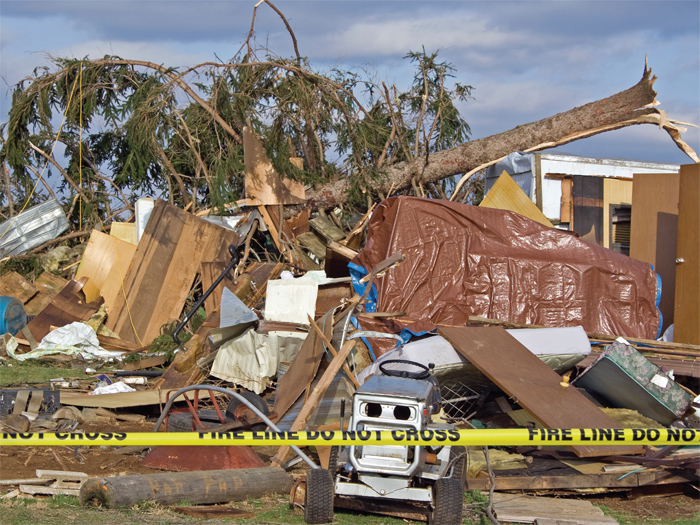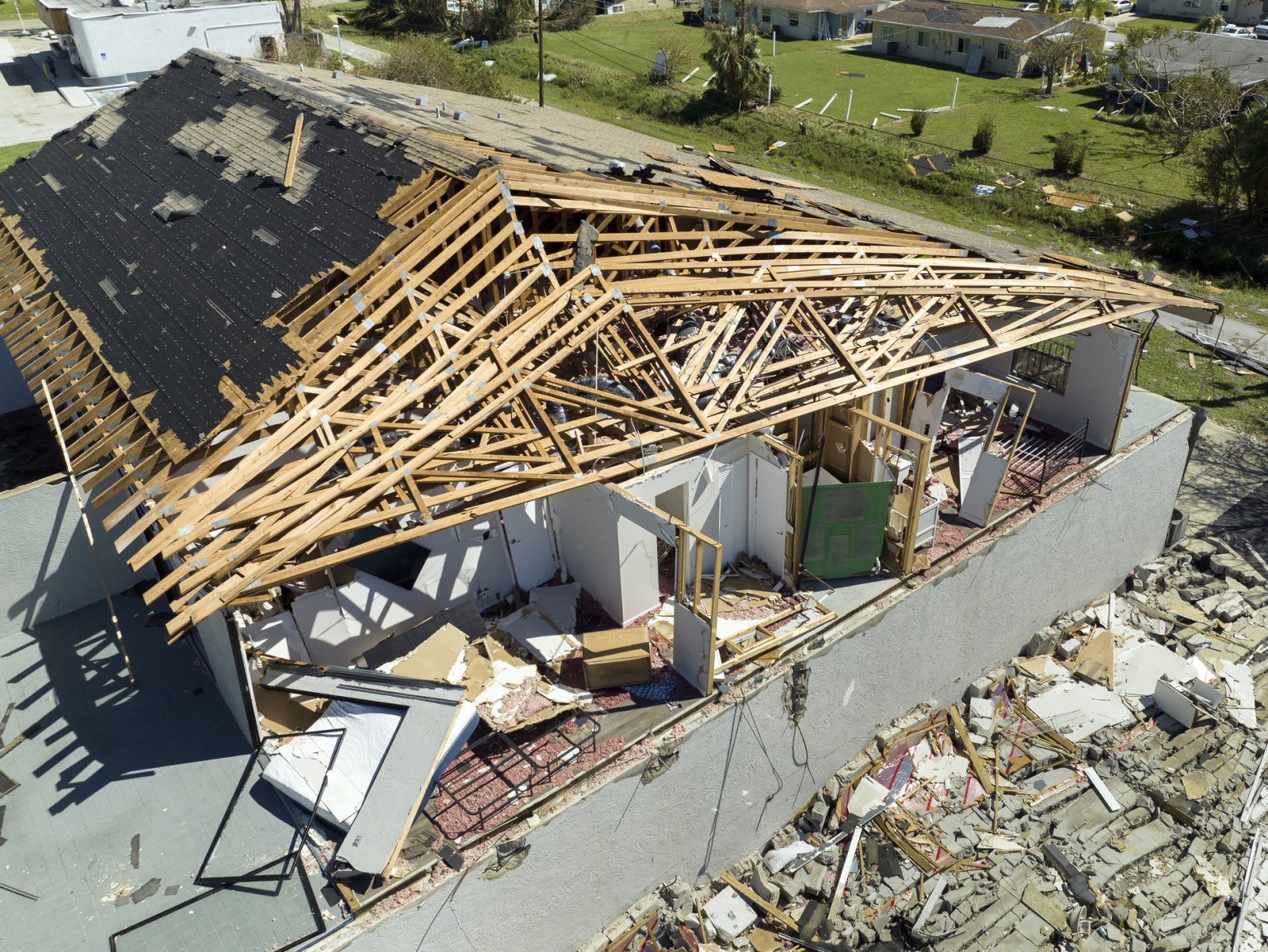Subrogating Disaster Claims
Reducing Catastrophe Losses

Catastrophes result in insurance losses that reach billions of dollars each year. In 2012, Superstorm Sandy alone accounted for more than $25 billion in claims. While catastrophe claims cannot be avoided, losses can and should be mitigated through effective deployment of a properly designed subrogation program.
Following a catastrophe, the industry’s troops on the ground — Cat adjusters — are inundated with claims and tasked with discharging the insurer’s contractual indemnity duty owed to its insureds quickly and efficiently. The carrier’s business and reputation depend on it.
Because of this, subrogation potential is often overlooked or ignored entirely even though third parties may be responsible. Being prepared by recognizing where recovery potential may exist and knowing the amount and kinds of resources to dedicate to the effort could earn a company millions in recovery dollars.
Recognizing Subrogation Potential
The process of recovering on a catastrophe claim payout should begin long before a hurricane forms or a storm front develops. Cat team managers should communicate regularly with the company’s subrogation department about specific loss scenarios commonly encountered in a catastrophe setting.
Before each storm season, topics such as strict product liability, negligent construction and public utility liability should be reviewed and issue-spotting techniques taught, so that each member of a carrier’s Cat team is adequately prepared to recognize subrogation potential where it exists.
When looking at claims for recovery opportunities, Cat adjusters must be cautioned against mischaracterizing the cause of the damage as an “act of God” and dismissing the notion that third parties may be responsible for a loss.
“Act of God” is a term of art that means all natural phenomena whose effects could not be prevented by the exercise of reasonable care and foresight. Cat adjusters who are not adequately trained will fail to identify subrogation potential because of their preconceived notion that the damage they are inspecting was caused by the storm as opposed to a third party’s failure to exercise reasonable care and foresight.
Cat adjusters who are not adequately trained will fail to identify subrogation potential because of their preconceived notion that the damage they are inspecting was caused by the storm as opposed to a third party’s failure to exercise reasonable care and foresight.
While this may seem elementary, Cat adjusters should recognize that building codes exist in great measure to ensure the durability, performance and safety of completed construction projects in the face of foreseeable stressors such as wind, hail, rain and lightning (traditionally thought of as “acts of God”).
Because these are common characteristics of natural catastrophes, the exercise of reasonable care should be accounted for in the design and construction of buildings and products. In many cases, catastrophic structural damage and/or fires are not “acts of God” because they can be avoided through the exercise of reasonable care and foresight.
The examples below exemplify how a little training can make a big difference in whether subrogation potential is identified or overlooked. Recognizing the recovery potential in these common catastrophe loss scenarios will increase recoveries and benefit a carrier’s bottom line.
Comparing Similar Structures
Cat adjusters expect to see roof damage caused by wind following a hurricane or tropical storm. The properly trained Cat adjuster, however, will take notice when substantially similar buildings perform differently in a storm.
Disproportionate roof damage to the insured’s dwelling or commercial building could be the result of improper construction and/or the use of defective building materials. Such disparity is an indication that reasonable care and foresight in the building’s construction could have prevented the damage. It also calls for an in-depth root cause analysis to be performed by a forensic engineer.
Recovery potential exists in this situation against the general contractor, roofing subcontractor and/or product manager.
Similarly, any fire that results from a catastrophe should be closely scrutinized for subrogation potential.
A Cat adjuster called upon to inspect fire damage that occurred during or after a catastrophic event must retain its origin, location and cause. Fires in this context are often the result of some failure of the building’s electrical power supply. Surges, downed power lines and restoration of power to a building with electrical system damage caused by a flood prior to repair and inspection by a certified electrician are common examples.
Above all, a Cat adjuster must remember to preserve all potentially relevant evidence for future examination and testing where the loss scene itself may be completely compromised and unable to be preserved.
Such fires could have been prevented through proper vegetation management (tree trimming), infrastructure maintenance and/or safe restoration of power by the electric utility company following an outage.
Also, damage to corrugated stainless steel tubing (CSST) as a result of a lightning strike is another example of whether the CSST itself was defective or improperly installed. Public utilities, CSST manufacturers and CSST installers are potentially viable subrogation targets and their role in the cause of fire damage in the wake of a catastrophe must be carefully considered or a recovery opportunity may be lost.
Notification Protects Recovery Potential
Once subrogation potential is identified, Cat adjusters should work closely with Cat team members in the carrier’s home office to quickly place subrogation targets on notice of potential liability to protect the carrier’s recovery interests.
In extraordinary circumstances, situations arise that can prohibit the notification of the potentially adverse party through normal channels. A Cat adjuster should be trained to prepare for this by thoroughly documenting a loss scene. This practice will preserve a carrier’s ability to later bring a claim against a potentially liable party.
Above all, a Cat adjuster must remember to preserve all potentially relevant evidence for future examination and testing where the loss scene itself may be completely compromised and unable to be preserved. Avoiding spoliation (the loss of evidence in a party’s control) should be the Cat adjuster’s primary subrogation goal at this stage.
Subrogation counsel and forensic consultants should always be available to consult with and assist Cat adjusters in determining whether a particular loss warrants special attention.
A formal program should be in place to instruct Cat adjusters when contact with subrogation counsel and forensic consultants is required. Generally, such consultation should take place whenever a claim may exceed $250,000 or if one of the common loss scenarios described above (disparate roof/structure and/or fire damage) is encountered.
The cost associated with consulting subrogation counsel is minimal (or nothing at all) as most subrogation attorneys have contingency fee arrangements with their carrier clients.
To further maximize efficiency, Cat adjusters should be familiar with certain barriers to recovery.
Specifically, statutes of repose for improvements to real property and strict products liability may eliminate any recovery potential from the outset. Where such laws exist, a claim is barred from being brought against certain classes of defendants after the period of time set by the legislature has passed. Such laws vary by state.
Cat adjusters should therefore be familiar with the laws of a particular state to which they are dispatched so they do not waste time and resources investigating claims for subrogation potential needlessly.
The roof example is useful to clarify this point. If a particular state’s law bars claims from accruing more than 12 years after the date that an improvement to real property is substantially completed, there is no need to investigate a claim for recovery potential involving a 30-year-old roof that has not been inspected or repaired in the 12 years preceding the date of loss.
A list of the relevant statutory third-party claim barriers should be provided to all Cat adjusters to assist them in making such determinations. Questionable calls, however, should be reviewed by the Cat adjuster with subrogation counsel to ensure proper interpretation.
The development and implementation of a comprehensive Cat subrogation program is thus a wise and valuable investment for any carrier that writes property risks in the United States. Catastrophes cannot be avoided, but their overall effect on the insurance company’s bottom line will be mitigated by the recovery of claim dollars from responsible parties through preparedness, proper training and education of Cat adjusters deployed in the field.










